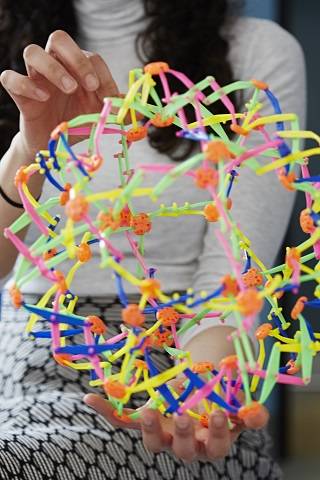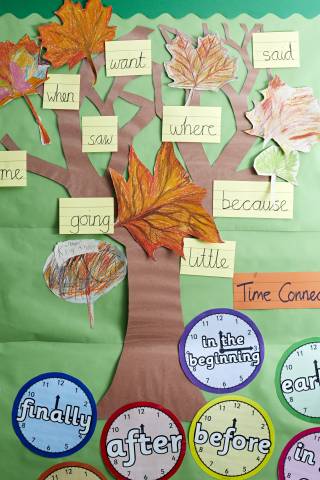 March 2023
March 2023

7. Youth participation in HeadStart: review of youth participation activity across a diverse, multi-service youth mental health and wellbeing programme
Youth participation enables young people to actively engage in decision making and have a voice in processes that involve them. In this case study, the HeadStart Learning Team use Davies' ‘matrix of participation’ to capture the diversity of participation activities that took place across the six HeadStart partnerships.
The case study includes a visual heatmap we provide a clear idea of the breadth, depth and forms of participation activities carried out within HeadStart.
Case study 7: youth participation in HeadStart
Key links
May 2022


6. Evaluating a multi-disciplinary children’s referral service: HeadStart Kernow’s Bloom model
How do you go about evaluating the impact of a multi-disciplinary approach to getting the right support for children and young people, which itself does not intervene in children and young people’s lives? This was the question staff in HeadStart Kernow faced, to understand whether and how the Bloom model benefits the lives of children, young people and their families as well as the services and professionals that support families’ mental health and wellbeing.
This case study outlines the challenges associated with an evaluation of Bloom, the process that HeadStart Kernow developed and implemented, and the key learning gained from undertaking this evaluation.
Key links
March 2021


5. Making best use of pupil mental health and wellbeing data
Each year, pupils in participating schools across all six HeadStart areas are invited to take part in the The Wellbeing Measurement Framework (WMF) survey, and participating schools are provided with an online report which shows how the mental wellbeing of children and young people in their school compares to others in the HeadStart programme.
This document brings together case studies provided by schools and HeadStart partnership school leads as positive examples of how schools are using WMF information. The WMF is being used by some schools to help identify areas of strength and challenge, and to plan provision which addresses these findings. Drawing on the these case studies, we identify common themes about the usefulness of such a measurement tool and offer suggestions for putting into practice learning that emerges from the WMF.
Key links
August 2020


4. Engaging children and young people meaningfully in evaluation and research: learning from HeadStart
A central aspect of HeadStart involves the meaningful engagement of children and young people, both in the planning and delivery of the programme and in understanding its impact. Engaging children and young people in evaluation and research has tangible benefits but also a number of challenges.
This document summarises the learning from a review of the diverse work to engage children and young people in evaluation that has taken place in the six HeadStart Partnerships, to support the future involvement of children and young people in evaluation and research.
Key links
September 2019


3. Using data to inform system and cultural change: Informing system and cultural change in emotional and mental health using the Wellbeing Measurement Framework survey results
Like all HeadStart partnerships, HeadStart Kernow carries out an annual survey of children and young people in participating schools using the Wellbeing Measurement Framework (WMF). The national HeadStart Learning Team gives detailed feedback about these survey data via online summaries, offering an insight into pupil mental health and wellbeing.
This case study looks at how HeadStart Kernow raised awareness of the WMF and began to embed the use of WMF data across the system. Challenges they encountered include limited awareness of WMF and its potential locally, and issues around the accessibility of the data.
Key links
January 2019


2. Reporting on young people's progress on intervention: Developing an intervention outcome report
HeadStart Newham worked to develop a user-friendly report for schools and community providers to see the progress of their young people following interventions. The Child Outcomes Research Consortium (CORC), a member of the HeadStart Learning Team, supported HeadStart Newham with this work.
This case study will look at what HeadStart Newham did, with CORC’s support, as well as their key learning points.
Key links
September 2018


1. Using surveys to measure wellbeing in schools: How to get a good response rate
HeadStart areas have been successful in collecting a huge volume of data about student wellbeing using questionnaires. This is key to our aim to build evidence about what works and what doesn’t, and to share learning to benefit young people in future. Achieving this is no mean feat. This case study shares our learning about how to get a good response rate when using surveys to measure wellbeing in schools.
 Close
Close

